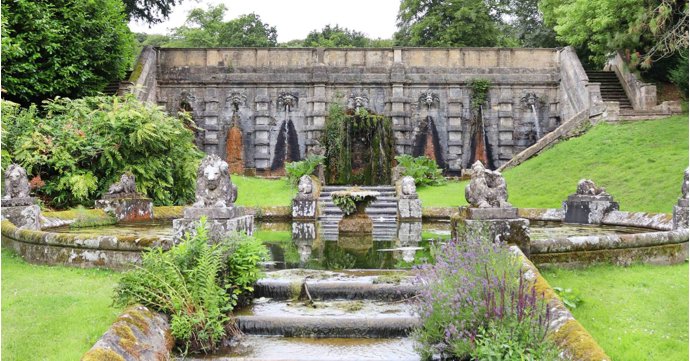Meteorite fragments from a fireball which fell to Earth in Gloucestershire could help scientists discover more about how life on our planet was formed.
The Winchcombe meteorite has been described as ‘extremely rare’ by scientists at the Natural History Museum, who have identified it as carbonaceous chondrite.
Carbonaceous chondrites are known to contain organic materials and amino acids from up to 4,567 million years ago. These materials could help scientists understand what planets are made from, where water came from and how life on Earth was formed.
Out of the 65,000 meteorites ever discovered on Earth, only 1,206 of them were witnessed falling and out of those, only 51 have been identified as carbonaceous chondrites. The Winchcombe meteorite is the first to have fallen in the UK since 1991 and the first ever carbonaceous chondrite to be discovered here.
A fireball was spotted shooting across the sky on Sunday 28 February 2021, with camera networks from the UK Fireball Alliance plotting the meteorite’s flight path and indicating that material from it might be found in Gloucestershire.
A Winchcombe resident found fragments from the meteorite on their driveway on Wednesday 3 March 2021, which allowed scientists to recover around 300 grams of material in good condition with minimal contamination. The amount and quality of material is only comparable to samples collected directly from space.
Once it was identified as genuine, the meteorite was taken to the Natural History Museum to be classified and to establish its scientific significance.
Dr Ashley King from the Department of Earth Sciences at the Natural History Museum was one of the first on the scene after the meteorite was discovered. He said: ‘Nearly all meteorites come to us from asteroids, the leftover building blocks of the solar system that can tell us how planets like the Earth formed.
‘The opportunity to be one of the first people to see and study a meteorite that was recovered almost immediately after falling is a dream come true!’
Dr Richard Greenwood, research fellow in planetary sciences at the Open University and the first scientist to identify the meteorite, said: ‘I was in shock when I saw it and immediately knew it was a rare meteorite and a totally unique event. It’s emotional being the first one to confirm to the people standing in front of you that the thud they heard on their driveway overnight is in fact the real thing.’
Scientists believe there could be more to be discovered in the area – from black stones to tiny piles of rocks and dust. Local residents are asked to keep a look out and if they discover anything, to take a photo of it, make a note of its location, collect a sample using either gloves or aluminium foil and contact the Natural History Museum.















